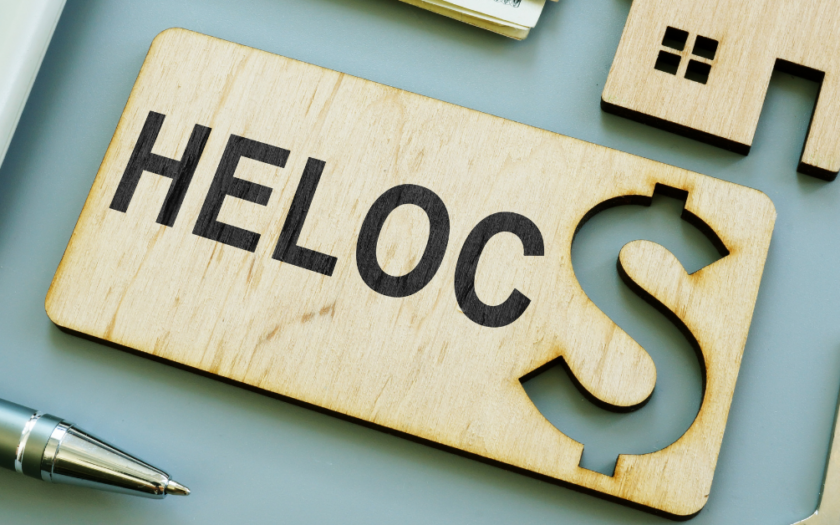A HELOC is a revolving line of credit, similar to a credit card, that is secured by your home. It allows you to borrow money against the equity you’ve built in your property. Think of it as unlocking the value stored in your home and converting it into accessible funds for various needs. This can be particularly helpful for tackling major expenses like home renovations, debt consolidation, medical bills, or even funding your child’s education.
Why are HELOCs Gaining Popularity?
- Interest Rates: HELOCs often come with lower interest rates compared to personal loans or credit cards. This is because your home acts as collateral, reducing the risk for the lender.
- Flexibility: You can borrow only what you need, when you need it, up to your approved credit limit.
- Revolving Credit: As you repay the borrowed amount, your credit line replenishes, allowing you to borrow again.
- Potential Tax Benefits: In some cases, the interest paid on a HELOC might be tax deductible (consult a tax advisor for current regulations).
The Inner Workings of a HELOC
- Draw Period: An initial period (often 10 years) where you can withdraw funds as needed.
- Repayment Period: Following the draw period, you transition into the repayment phase (typically 10-20 years) where you repay the principal and interest.
- Variable Interest Rates: Be aware that HELOCs typically have variable interest rates, meaning your monthly payments can fluctuate as interest rates change.
Is a HELOC Right for You?
HELOCs can be a powerful financial tool, but they are not for everyone. Consider these factors:
- Debt Increase: A HELOC adds to your overall debt burden.
- Risk of Foreclosure: Your home is used as collateral. If you fail to repay, you could lose your home.
- Variable Rates: Fluctuating interest rates can make budgeting unpredictable.
My Personal Experience
I used a HELOC to finance a major kitchen renovation a few years ago. It allowed me to access the funds I needed at a lower interest rate than a personal loan, and the flexibility to draw funds as the project progressed was invaluable. However, I did carefully consider the added debt and made sure my budget could handle potential interest rate increases.
Getting Started with a HELOC
- Check Your Credit Score: A good credit score is crucial for securing favorable terms.
- Determine Your Equity: Get an appraisal or estimate your home’s current market value.
- Shop Around: Compare rates and terms from multiple lenders.
- Read the Fine Print: Understand all fees, terms, and conditions before committing.
Speeding Up the HELOC Process
While a traditional HELOC can take several weeks to process, some lenders offer “quick” or “fast” HELOCs with streamlined applications and faster approval times. Look for features like online applications, digital document submission, and expedited closing processes.
Key Takeaways
- HELOCs offer a flexible way to access your home equity.
- They can be useful for large expenses or debt consolidation.
- Compare lenders and understand the terms before you commit.
- Be aware of the risks associated with increased debt and variable interest rates.

